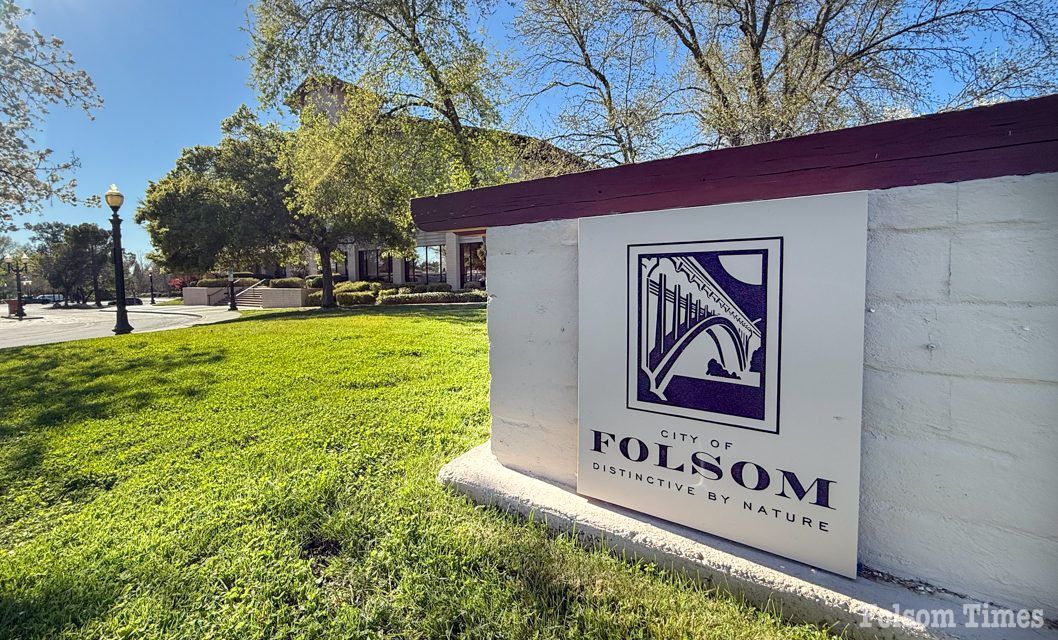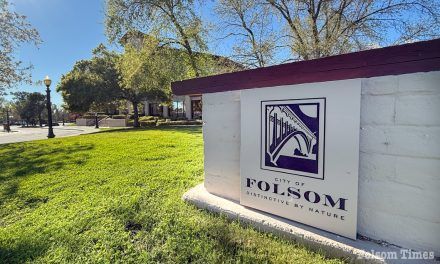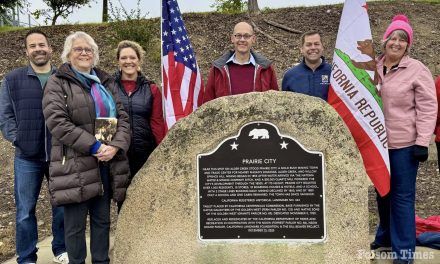The Folsom City Council voted Tuesday night to adopt a $266 million citywide operating budget for the 2025–26 fiscal year, which begins July 1. The budget includes a General Fund with projected revenues of just under $120 million and expenditures of $123 million. A projected $3 million shortfall in the General Fund will be covered using the city’s unassigned fund balance, often referred to as “rainy day reserves.”
The adopted budget reflects the City of Folsom’s continued commitment to maintaining essential services in a constrained fiscal environment. While overall tax revenues are projected to increase modestly, rising operational costs and infrastructure needs continue to place pressure on city finances. Sales tax, one of the city’s core revenue sources, is expected to remain flat at $27.9 million.
No new General Fund programs are funded in this budget. As the cost of delivering services continues to outpace revenue growth, the city must make difficult choices to live within its means. These reductions are likely to affect the level of service the city can provide in the future.
“The proposed budget focuses on maintaining essential core services and addressing urgent capital needs such as roof replacements at city facilities,” said Mayor Sarah Aquino. “The City Council is committed to making fiscally responsible decisions to ensure the long-term health of our community and its infrastructure as we face challenges in our financial future.”
“The city must continue to reduce expenditures to live within its means, which will affect future services,” said City Manager Bryan Whitemyer. “We will work closely with the community and City Council through a new budget review process that promotes transparency and accountability.”
The reserve drawdown is expected to reduce the city’s unassigned fund balance to $19.1 million by the end of the fiscal year—equal to 15.5% of general fund expenditures and below the City Council’s established reserve policy range of 17% to 20%.
Finance Director Stacey Tamagni outlined the factors contributing to the shortfall. “We’re projecting that the increase to total general fund revenues over last year’s budgeted figure will be an increase of about $4.7 million,” Tamagni said. “When we added in the salary and benefit increases, the true-ups, that was total expenditures of about $123.5 million. We had $120 million in revenue. So that created a total deficit of about $3.5 million that would have come from your unassigned fund balance, otherwise known as the emergency reserve.”
The reserve has gradually declined from above 20% in recent years and could come under further strain next year as temporary federal aid sunsets and citywide personnel costs continue to rise.Among the cost-saving measures, the Council approved the removal of on-site supervision at the Cummings Family Skate and Bike Park, saving approximately $41,000 annually. An additional $14,500 will be used to install automated lighting controls. While the city denied a separate petition to relax required safety gear rules—such as helmets and pads, which are mandated by state law—new signage will be posted to ensure compliance. The Parks and Recreation Commission will review the impact after one year, with enforcement focused on education rather than citations.
New Budget Review Process
- The city is implementing a new multi-stage budget review process:
- July–September 2025: Departments will submit cost-cutting proposals for fall review.
- Fall 2025: Community workshops and engagement opportunities will be held.
- September or October 2025: City Council will review the budget alongside final FY 2024–25 fund balances and community feedback.
- February or March 2026: A Mid-Year Budget Review will be presented with adjustments and potential FY 2026–27 cost-saving measures.
Highlights of the FY 2025–26 Budget
Water Treatment Plant HVAC upgrades and roof replacement (Water Operating Fund)
Library HVAC and roof replacement
City Hall low slope roof replacement
Fleet small vehicle repair shop roof replacement
Fire Department electrocardiogram (ECG) monitor purchase
Development of the 2025 Urban Water Management Plan and Water Master Plan (Water Operating Fund)
The adopted budget includes several cost-saving measures, including the suspension of the city’s $427,000 annual contribution to its retiree health trust and the elimination of various non-essential expenses. These changes collectively reduce general fund expenditures by $452,000, helping to trim the original projected deficit from $3.5 million to approximately $3 million.
City Manager Brian Whitemyer described the strategy as a short-term approach to buy time for more sustainable fiscal planning. “We’re going to live within our means,” Whitemyer told councilmembers. “So this year, we’re recommending utilization of general fund reserves to allow ourselves more time to actually prudently plan for whatever those reductions end up being.”
The reserve drawdown is expected to reduce the city’s unassigned fund balance to $19.1 million by the end of the fiscal year—equal to 15.5% of general fund expenditures and below the City Council’s established reserve policy range of 17% to 20%.
Finance Director Stacey Tamagni outlined the factors contributing to the shortfall. “We’re projecting that the increase to total general fund revenues over last year’s budgeted figure will be an increase of about $4.7 million,” Tamagni said. “When we added in the salary and benefit increases, the true-ups, that was total expenditures of about $123.5 million. We had $120 million in revenue. So that created a total deficit of about $3.5 million that would have come from your unassigned fund balance, otherwise known as the emergency reserve.”
The reserve has gradually declined from above 20% in recent years and could come under further strain next year as temporary federal aid sunsets and citywide personnel costs continue to rise.

Although the operating budget remains tight, the city continues to fund large-scale infrastructure investments through its multi-year Capital Improvement Plan (CIP). These projects—including road repairs and park upgrades—are supported by restricted revenues or one-time grants, not general fund dollars. Nonetheless, the contrast highlights the difficulty of balancing long-term growth with short-term financial stability.
Community feedback was essential
Whitemyer emphasized that public input played a vital role throughout the budget process. “I value the community’s input,” he said. “Just last night, I got an email and then dropped off today a handwritten note from members of the community saying, hey. What about this? What about that? I mean, I really appreciate the time. They had to spend a significant amount of time to handwrite salary schedules and positions and identifying in their mind what was a vital service and what was nonvital. I’m optimistic from the standpoint that this community cares.”
The Council will revisit the budget in the fall during its mid-cycle review. At that time, updated revenue forecasts will be presented, and staff will explore additional cost-saving strategies or potential revenue options to close the city’s ongoing structural gap.
“With the proposed cuts, there’s still a projected $3,040,000 shortfall for 25–26,” Whitemyer added. “Ultimately, to live within our means, we’re going to have to find a way to reduce our expenditures, which will ultimately translate into reductions in services. However, going forward, we will aggressively pursue options to reduce costs and services in preparation for the fiscal year 2026–27 budget.”
The public can review all of the information presented at Tuesday’s meeting on the city’s official website athttps://www.folsom.ca.us.
Copyright © 2025, Folsom Times, a digital product of All Town Media LLC. All rights reserved. No portion of this publication may be reproduced, distributed, or transmitted in any form or by any means, without the prior written permission of the publisher.




